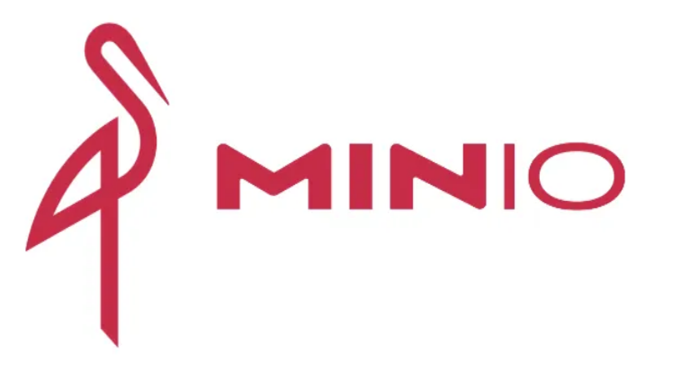Free and Open Source GUI Clients for Minio and AWS S3

Minio comes with a built-in web-based user interface, several open-source GUI clients are available that enhance the user experience and provide additional functionalities. These clients offer intuitive graphical interfaces to manage your Minio storage, making it easier to perform tasks like uploading, downloading, and organizing files. This article explores some of the best open-source GUI clients for Minio.
This article is part of Mino tutorial series.
1. Minio Browser
Minio Browser is the default web-based interface that comes bundled with the Minio server. It is accessible via your browser by navigating to the Minio server URL. This GUI provides basic functionalities like creating buckets, uploading files, setting policies, and browsing the contents of your storage. While it’s simple and easy to use, its functionality is limited compared to some third-party clients.
Key Features:
- Built-in: Comes pre-installed with Minio.
- User-Friendly: Easy to navigate with basic file operations.
- Access Control: Manage bucket policies and access permissions.
- Minimal Setup: No additional installation required.
2. Cyberduck
Free and open-source, Cyberduck supports various protocols, including S3-compatible object storage services like Minio. It is available for both macOS and Windows, providing a rich graphical interface for managing files across different storage platforms.
Key Features:
- Cross-Platform: Available on macOS and Windows.
- Drag and Drop: Easy file transfers with drag-and-drop functionality.
- Bookmarking: Save frequently accessed storage locations.
- Integration: Supports multiple protocols (SFTP, WebDAV, OpenStack Swift, and more)
3. S3 Browser
S3 Browser is another versatile tool designed for managing S3-compatible object storage. While it is primarily designed for Amazon S3, it also works seamlessly with Minio. S3 Browser is only available for Windows. This is freeware and not open source.
Key Features:
- Simple Interface: User-friendly interface with comprehensive file management capabilities.
- Batch Operations: Supports batch uploads, downloads, and file synchronization.
- Security: Advanced security features like server-side encryption.
- Cost Analysis: Provides insights into storage costs (mainly for Amazon S3).
4. DragonDisk
DragonDisk is an open-source, cross-platform file manager for S3-compatible storage services, including Minio. Compatible with Windows, macOS, and Linux, it offers a wide range of features for managing object storage effectively.
Key Features:
- Cross-Platform: Works on Windows, macOS, and Linux.
- Synchronization: Supports folder synchronization between local storage and Minio.
- File Versioning: Manages multiple versions of objects.
- Backup: Facilitates data backup and restoration.
5. CloudBerry Explorer
CloudBerry Explorer (now known as MSP360 Explorer) is a powerful file manager that supports S3-compatible storage services, including Minio. It is designed to meet the needs of both individual users and businesses and is available for Windows.
Key Features:
- User-Friendly Interface: Intuitive GUI for easy navigation.
- Encryption: Supports client-side encryption.
- Multi-Account Management: Manage multiple Minio accounts.
- Data Compression: Built-in compression for efficient storage.
Conclusion
Managing Minio object storage is made simpler and more efficient with these open-source GUI clients. Clients from these companies offer a wide range of features for storage management, both cross-platform (such as Cyberduck and DragonDisk) and Windows-specific (such as S3 Browser and CloudBerry Explorer). They enhance the Minio experience by offering intuitive interfaces and additional functionalities, making it easier to handle your data securely and efficiently.

